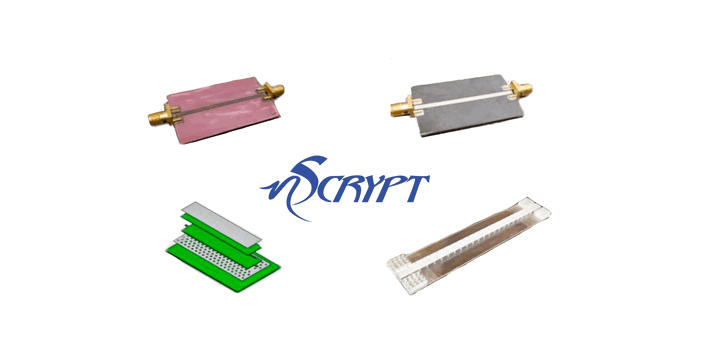Repairing Open Defect In PCB Boards With XTPL

Printed circuit boards (PCBs) are crucial in designing modern electronics. Over the years, they have transformed from simple single-layer designs to highly advanced architectures made of multi-layers. It led to manufacture more sophisticated devices, packed with more power and possibilities in smaller and more functional forms.
Conductive pathways on PCBs are made of traces linking various components. It enables seamless flow of electrical signals required for devices to function properly. Advanced complexity in PCBs forced engineers to find solutions providing its flawless manufacture and maintenance. The most pressing issue are open defects. They are gaps in the conductive paths causing malfunction and system failures. XTPL met these challenges and tackle it by developing innovative repair technology.
PCB consists of a few layers, each necessary to board proper functioning. Usually layers include a substrate, solder mask to protect the copper from corrosion and copper traces for conductivity. Different types of PCBs exist, each responding to specific needs and functional requirements.
Etching and plating are two crucial processes involved in manufacturing PCB. Etching extracts excess material and leaves only conductive paths. During the plating process, a conductive material is applied to the drilled holes. Advanced manufacturing techniques doesn’t guarantee perfect PCBs manufacturing. They still suffer from defects, amongst all, open defects are the most difficult.
Open defects arise when there are breaks or incomplete traces in a PCB’s circuitry, leading to interruptions in conductivity. These defects can significantly affect the performance of electronic devices and may even result in complete failure.
Identifying and repairing open defects is essential yet challenging. Traditional methods like reworking the board or using conductive adhesives can be imprecise, especially for high-density PCBs, and may not address microscopic defects efficiently. The solution lies in promptly analyzing and repairing traces after product failure. Thanks to advancements in nanotechnology, this process is now much more feasible.
A game-changer for PCB repair: XTPL Ultra-Precise Dispensing Technology
XTPL developed a technology especially valuable in modern miniaturized electronics, where precision is fundamental. This technology uses nanoinks and nanopastes dispensed on a microscopic level. This enables precise repairs of breaks in conductive paths, filling the gaps with remarkable accuracy.
XTPL’s approach to repairs outperforms traditional methods by enhancing precision, reducing waste, and improving PCB electrical performance, all while minimizing environmental impact.
Using XTPL technology is a detailed yet straightforward process: identify the defect, prepare the surface, apply nanoinks or nanopastes, and cure the material to restore functionality. This method ensures reliable repairs with minimal risk of recurrence.
In industries like consumer electronics, automotive, and aerospace, XTPL has effectively tackled open defects. Companies adopting this technology report faster repairs and increased device reliability, with practical benefits evident across various applications, from smartphones to advanced automotive systems.
Maintaining the reliability of printed circuit boards is vital for the advancement of electronic devices. Open defects remain a challenge, but XTPL’s nanoscale precision repair strategies promise to enhance current electronics and pave the way for future innovations.
Related Articles

Fabrication And Microwave Characterization Of 3D Printed Transmission Lines

Breaking Update: J.A.M.E.S And XTPL Redefining 3D Manufacturing





